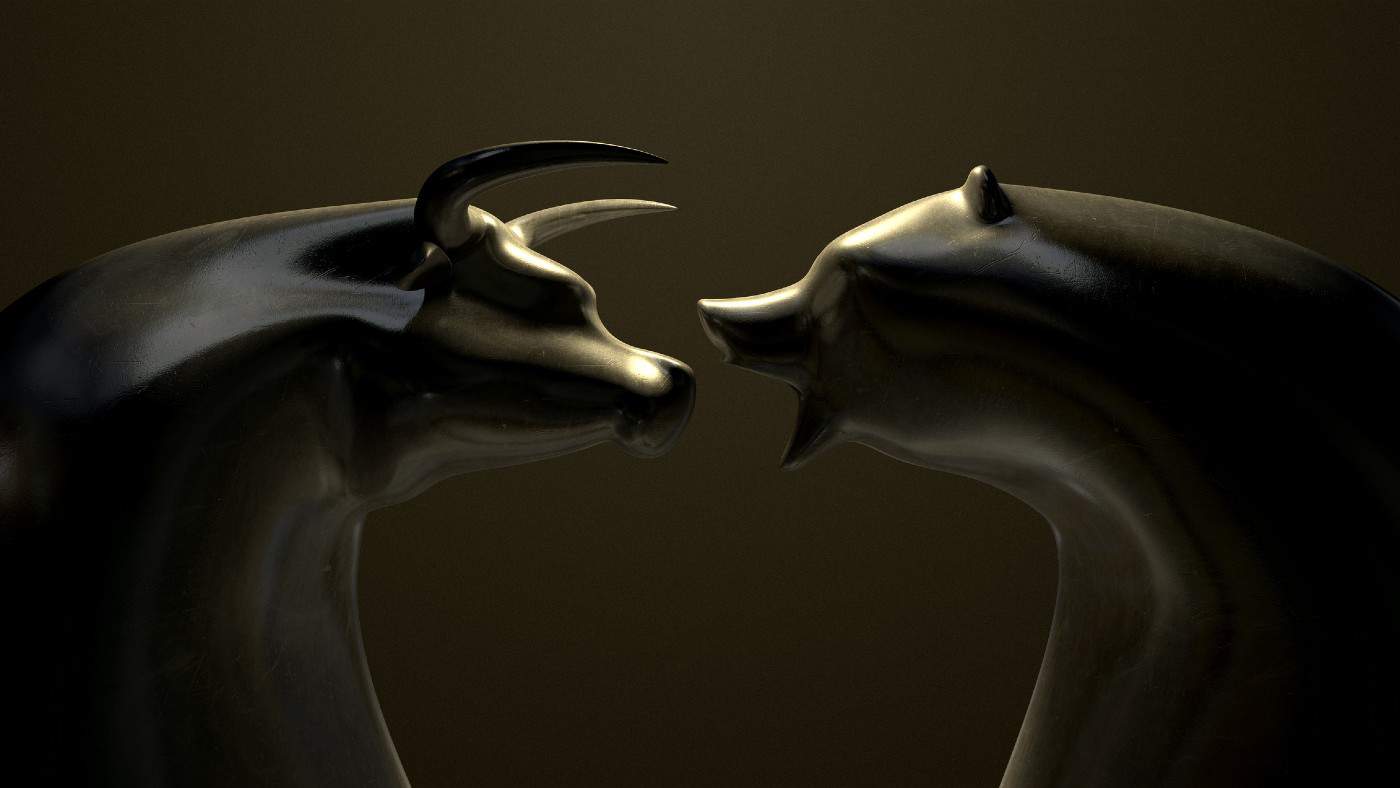Fears of a stock market crash have resurfaced this month.
Although the US banking crisis appears to have been contained, markets remain uneasy.
A meltdown seems possible in 2023 as the effects of interest-rate rises continue to slowly work their way through the economy.
Here are two stocks I’d want in my portfolio if that nightmare scenario struck.
Copper loses its shine
My first pick would be WisdomTree Copper 1x Daily Short (LSE:SCOP). This is an Exchange-Traded Commodity (ETC) that provides investors with short exposure to copper. In other words, if copper drops by 5%, this fund rises by 5%, excluding fees.
Copper prices are considered to be a barometer for the health of the global economy. That’s because the industrial metal is used extensively in construction, manufacturing, and electrical applications.
Looking at data going back to the 1980s, copper prices have tended to drop after a market crash. Most notably, a year on from the 2007 Great Financial Crisis, the red metal’s price was down by 46%.
| Market crashes | Oct-87 | Jul-97 | Mar-00 | Jan-07 | Feb-20 |
| Copper price change, 1 year on (%) | 0% | 3% | -8% | -46% | 22% |
| Copper price change, 2 years on (%) | -13% | -32% | -9% | -43% | 72% |
However, that’s not an ironclad relationship. A year after the Covid crash of 2020, copper prices were 22% higher; by February 2022, they were a whopping 72% higher.
This exception to the rule can be explained by green and digital ‘build back better’ infrastructure projects that were initiated in many countries following the pandemic.
Golden opportunity?
My second choice would be WisdomTree Physical Gold (LSE:BULP).
Gold prices tend to go up during times of market instability because investors perceive it as a safe-haven asset that retains its value during economic uncertainty and provides a hedge against inflation.
Additionally, during periods of market turbulence, investors often sell riskier assets such as stocks and divert their funds towards safer investments like gold, increasing demand and driving up its price.
Having said that, this isn’t a foolproof relationship either. Looking at the last five market crashes, gold investors were down a year after the fact on three occasions: after Black Monday (1987), after the Asian Financial Crisis (1997) and after the dotcom crash of 2000.
| Market crashes | Oct-87 | Jul-97 | Mar-00 | Jan-07 | Feb-20 |
| Gold price change, 1 year (%) | -19% | -10% | -10% | 42% | 10% |
| Gold price change, 2 years (%) | -22% | -22% | 4% | 70% | 14% |
Paper hands
Unlike shares in a high-quality company, where I have a buy-and-forget mentality, such a strategy doesn’t apply in this case.
Over the long term, gold has dismal rates of return.
Meanwhile, I see copper prices ending the decade much higher, with the rollout of electric vehicles and their charging infrastructure turbocharging demand.
In an ideal world, I’d buy both of these stocks at the start of a market crash and cash out my profits to invest in beaten-down equities at the bottom.
Of course, no one can impeccably time a downturn. For that reason, I continue buying and holding stocks in high-quality companies through thick and thin, with the other strategy only serving as a small hedge on the side.
I have shares in WisdomTree Physical Gold as a hedge, and I’ve traded in and out of WisdomTree Copper 1x Daily Short, but I don’t hold it presently.








